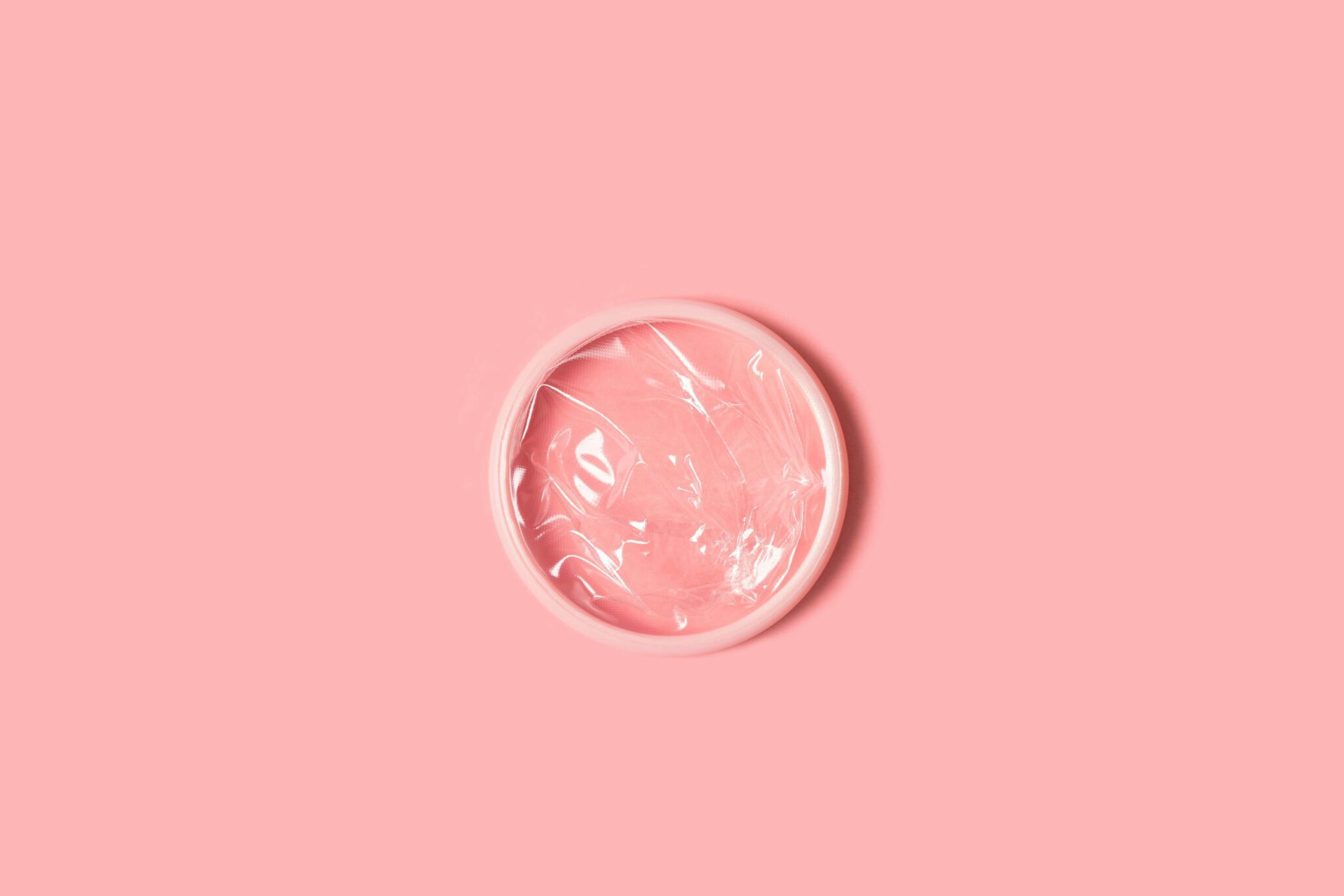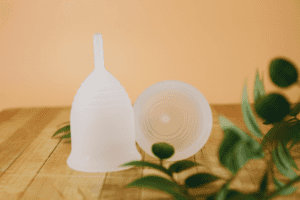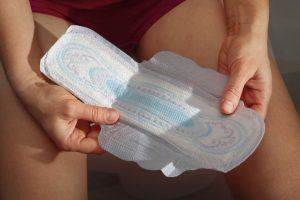ما هي أقراص الحيض؟

A Menstrual disc is a round, flexible, ring-shaped device that sits at the base of the cervix in a place called the vaginal fornix. They can be worn for a maximum of 12 hours and are held in place by the muscles of the vaginal walls.
Menstrual discs are suction free (unlike menstrual cups), can be worn during intercourse, and for some people they auto-empty while over the toilet. This is a huge bonus on a heavy day to give you longer wear times before needing to remove. It is still recommended to change every 12 hours.
There are three common body positions used to insert a menstrual disc:
- Sitting on the toilet
- Standing with one leg up
- Squatting.
Unlike menstrual cups, which are reusable and require sterilising after use, menstrual discs are worn for 12 hours and then disposed of. Once inserted, they should provide leak-free coverage for the entire 12 hours. Contents get emptied into the toilet and the disc is exchanged for a fresh one and discarded.
Menstrual discs do have some disadvantages:
- Emptying can be messy after the 12 hour usage
- Younger girls and those who have never had intercourse may find it difficult to insert and for those using an IUD, the menstrual disc may pull the strings.
- The disposable nature means that menstrual discs are not as environmentally friendly as reusable sanitary pads, period pants and menstrual cups.
Despite not usually being reusable, menstrual discs can replace approximately 125 disposable tampons/pads per year. This is because each one lasts for up to 12 hours, whilst pads and tampons typically require changing every 4-6 hours. The environmental consequence of this is less plastic waste generation.
Menstrual discs may be a viable alternative for those who are looking for a sanitary product that requires fewer changes during the day, without the inconvenience of having to clean and sterilise between uses.
Nabta is reshaping women’s healthcare. We support women with their personal health journeys, from everyday wellbeing to the uniquely female experiences of fertility, pregnancy, and menopause.
Get in touch if you have any questions about this article or any aspect of women’s health. We’re here for you










